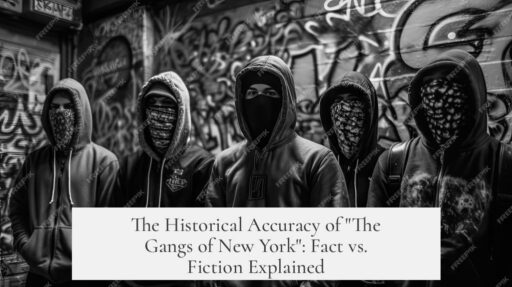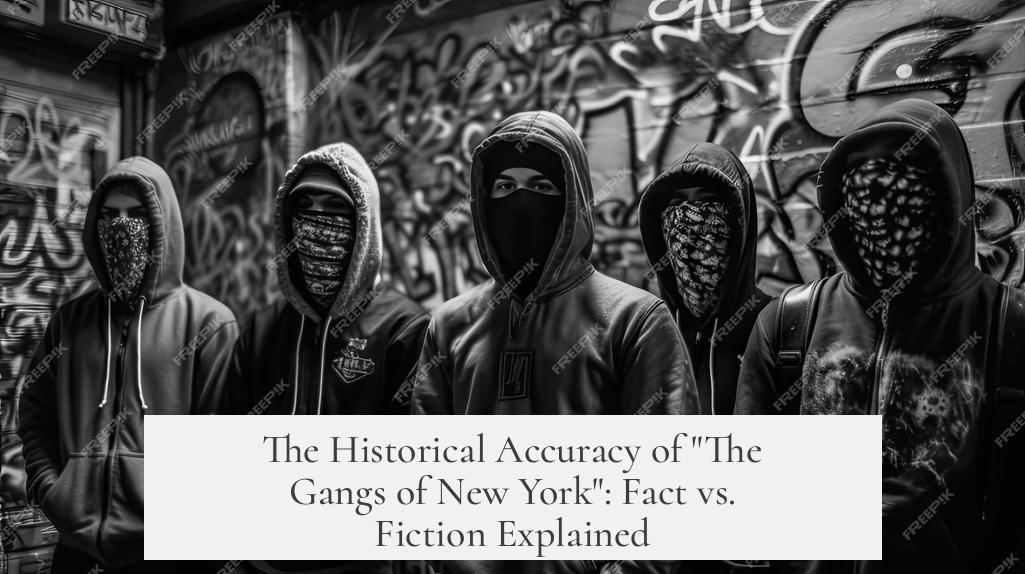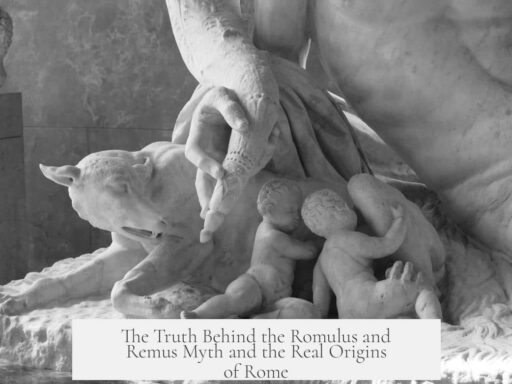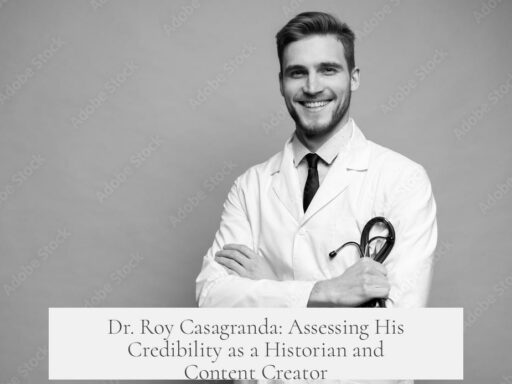The historical accuracy of “The Gangs of New York” movie is limited. The film merges two major 19th-century New York riots—the Dead Rabbits Riot and the Draft Day Riots—but deviates from many factual details for dramatic effect. While it captures broad social trends and settings, individual stories and events reflect significant artistic license rather than precise history.
“The Gangs of New York” intertwines two distinct historical riots to frame its narrative. The Dead Rabbits Riot of 1857, featuring clashes between Irish immigrant gangs and nativist groups, inspired the rivalry shown between the Dead Rabbits and the Bowery Boys. The Draft Day Riots of 1863 provide the film’s climactic chaos. This combination condenses complex events into a more manageable and compelling story arc. Yet this blend risks distorting the distinct causes and nature of each riot.
Much of the film’s central personal rivalry between Leonardo DiCaprio’s Amsterdam Vallon and Daniel Day-Lewis’s Bill “The Butcher” Cutting serves purely narrative purposes. Historical records do not support such direct confrontations. Instead, the rivalry operates as a device to connect historical moments and provide focus within the larger social upheaval.
The movie accurately situates itself within key 19th-century social tensions. It portrays the anti-Irish sentiment faced by immigrants, a reality during and after the Great Famine and amid Civil War pressures. Director Martin Scorsese’s attention to period costumes and architectural reconstruction stands out as particularly precise. Historians acknowledge these visual details as faithful representations of the Five Points neighborhood, an infamous slum characterized by poverty and ethnic conflict.
However, the film understates the extreme violence and social cruelty notable in the era. For example, historically documented lynchings receive limited depiction in favor of themes emphasizing “freedom fighting.” This choice somewhat sanitizes the darker aspects of gang violence and racialized brutality, possibly to maintain audience sympathy for protagonists.
Similarly, the film exaggerates the threat posed by groups like the Bowery Boys. In reality, these organizations functioned more as political entities linked with Tammany Hall than as constant sources of street mayhem. The movie amplifies their violent nature, escalating gang warfare beyond documented levels to heighten tension and drama.
The Draft Riots’ portrayal also diverges from historical consensus. The film’s depiction includes cannon fire from ships into the city, a scenario unsupported by records. Actual riot accounts describe intense street fighting and overwhelmed law enforcement, but no such artillery bombardments occurred. Troops restored order progressively rather than through a singular dramatic battle in Gramercy Park as suggested in the movie.
| Aspect | Film Portrayal | Historical Reality |
|---|---|---|
| Dead Rabbits Riot | Condensed rivalry with added personal conflicts | Large gang riot with complex sociopolitical origins |
| Draft Riots | Climactic cannon fire and single large battle | Multiphasic riot, street conflicts, gradual troop intervention |
| The Bowery Boys | Portrayed as violent gangsters | Primarily a nativist political group with limited violence |
| Visual Accuracy | Accurate period dress and architecture | Faithful depiction, praised by historians |
While the film captures broader social trends like the influence of Tammany Hall, immigrant struggles, and political corruption, it sacrifices accuracy in individual stories. Key characters and their motivations mostly represent fictional or composite figures rather than direct historical persons. This choice prioritizes dramatic storytelling over factual precision.
Ultimately, “The Gangs of New York” resembles historical fiction more than documentary. It draws inspiration from real people and events but reshapes them significantly. The film cannot be relied upon for a precise account of mid-19th-century gang conflicts or civil unrest in New York City. Instead, it offers a heightened, stylized view that evokes the era’s tensions without adhering strictly to documented reality.
- The movie merges two separate riots—Dead Rabbits Riot (1857) and Draft Day Riots (1863)—into one narrative.
- The personal vendetta central to the plot is fictional and designed for dramatic cohesion.
- Scorsese excels at visually recreating period dress and architecture.
- The level of gang violence and political faction brutality is exaggerated in the film.
- The Draft Riots’ depiction includes inaccurate weaponry and battle tactics.
- Broad social and political themes like immigrant struggles and corruption are roughly accurate.
- The movie functions as historical fiction, not a true historical record.
The Historical Accuracy of “The Gangs of New York” Movie?
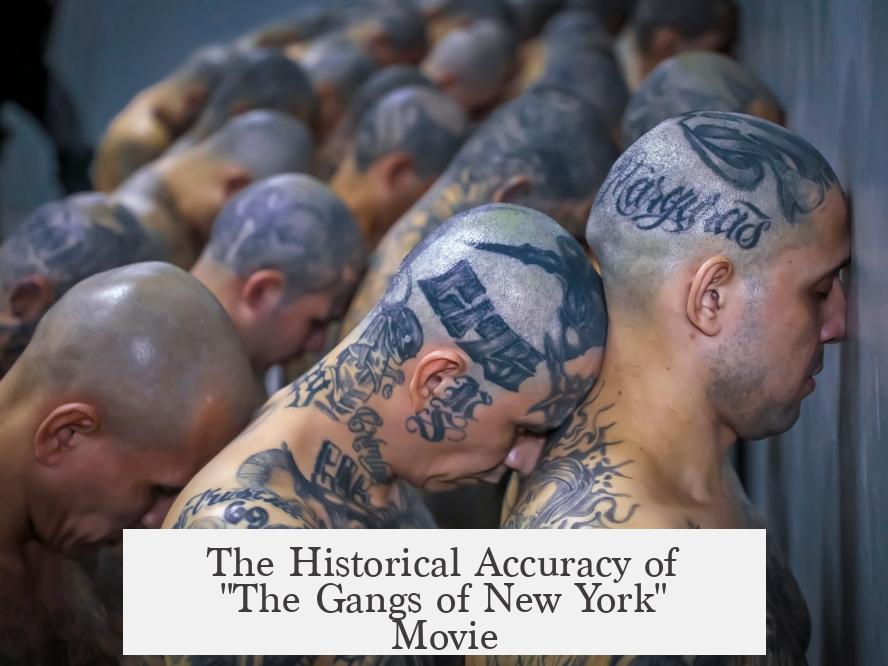
Is “The Gangs of New York” historically accurate? Well, it’s complicated. The film is a dramatic blend of historical facts and fiction, painting a vivid but not entirely truthful portrait of 19th-century New York. Directed by Martin Scorsese, the movie draws on real events and figures but takes liberties for storytelling and cinematic flair.
Let’s unpack this. The movie merges two major riots: the Dead Rabbits riot and the Draft Day Riots. While this combo makes for gripping cinema, it clouds pure history. The rivalry between the Dead Rabbits and the Bowery Boys forms the movie’s backbone. However, Scorsese renames the Bowery Boys as the Natives, slightly twisting the historical groups. The Bowery Boys were actually more political and less violently dangerous than portrayed.
Why combine two riots? Mixing events lets the film build a strong narrative arc. The personal feud between Bill the Butcher (Daniel Day-Lewis) and Amsterdam Vallon (Leonardo DiCaprio) stitches together these historic upheavals. This rivalry is largely imagined for dramatic flavor, not drawn from actual records.
A Tale of Two Riots
The Dead Rabbits riot reflects gang violence during the mid-1800s. It sets the stage for gang turf wars in the filthy Five Points neighborhood. The Draft Riots, on the other hand, erupted during the Civil War in 1863, fueled by anger towards conscription and racial tensions. The movie’s frantic climactic scenes depict these riots, but with some historical bending.
For example, the film shows cannons firing from ships on the city during the Draft Riots. In reality? No documented evidence supports this idea. Instead, it was more of a chaotic, violent free-for-all with overwhelmed police, eventually requiring troops to restore order. There was one notable final brawl at Gramercy Park noted by historians, which the movie chooses not to highlight.
Paint with Broader Strokes
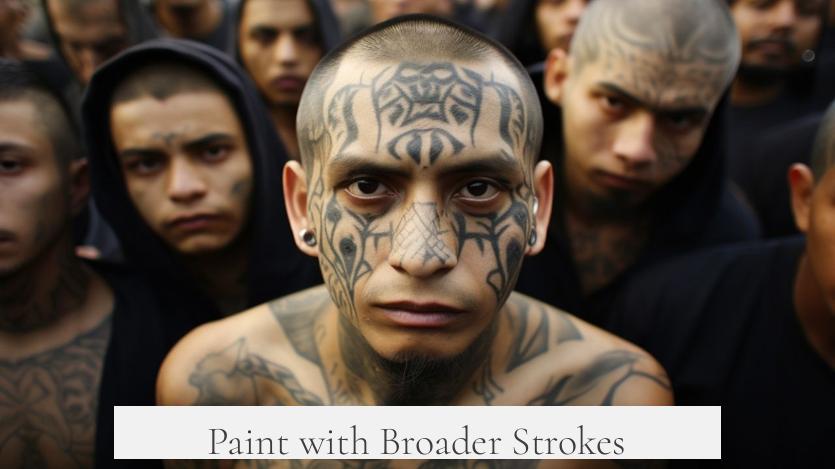
When it comes to broad trends, like the corrupt political machine of Tammany Hall and the harsh anti-Irish immigrant sentiment, the film hits closer to truth. Tammany Hall was infamous for vote-buying and political manipulation, and Scorsese captures this grimy political backdrop well. People did vote multiple times, gang rivalries often had ethnic and political undertones, and the Five Points neighborhood was a dangerous melting pot.
Still, the detailed personal stories and characters—like the protagonists and their blood feud—are more invention than history. The movie trades accuracy for storytelling pace and emotional impact.
Authentic Details and Slightly Fuzzy Lines
One shining aspect is the period’s look. Scorsese nails the fashion and architecture. The rags-to-riches outlook of 19th-century New Yorkers, the tattered clothing, the grimy streets, and cramped tenements all come alive with vivid detail. Historians appreciate this authenticity; the movie vividly conveys the hostile, racialized atmosphere faced by Irish immigrants during and after the famine alongside the ongoing racial tensions of the Civil War era draft riots.
But don’t let the sharp visuals fool you. The depiction of violence and racism is somewhat softened. The movie tones down the gruesome lynchings and brutal mob killings a bit. It’s enough to maintain historical tension but not so much that audiences are alienated from the heroes.
So, how much is fact, and how much is fiction?
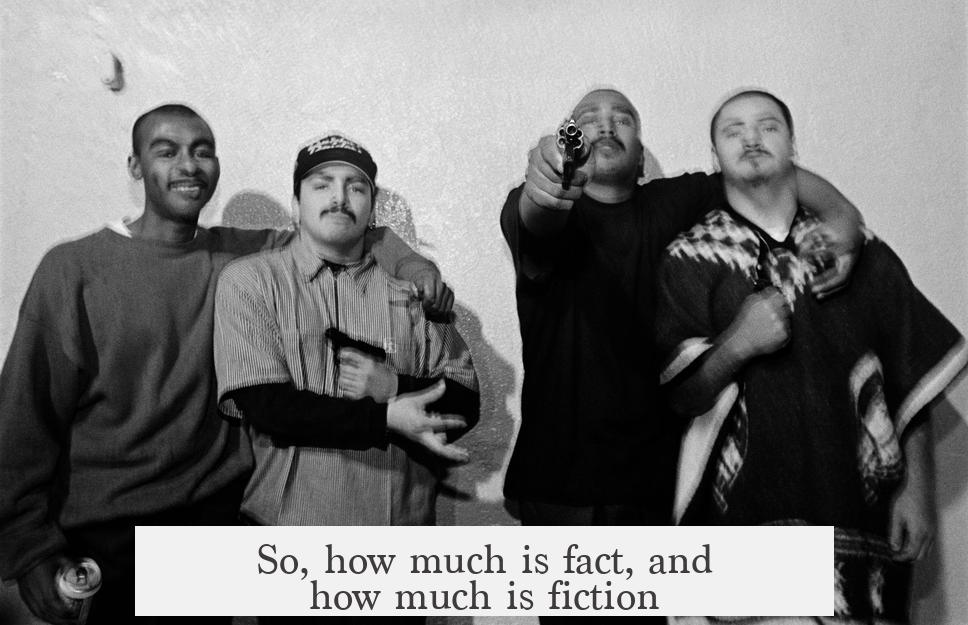
| Aspect | Movie Portrayal | Historical Reality |
|---|---|---|
| Gang Rivalry | Dead Rabbits vs Natives (Bowery Boys renamed) in violent feud. | Dead Rabbits vs Bowery Boys; political but less violent. |
| Riots | Combined Dead Rabbits and Draft Day Riots; cannon fire from ships. | Separate events; no ship cannons firing on city. |
| Characters | Mostly fictional rivalries and individuals. | Based loosely on historical figures; many invented. |
| Setting & Costumes | Highly accurate period dress and architecture. | True to historical records and photos. |
| Violence & Racism | Depicted but somewhat toned down for audiences. | Historical violence and racism were often worse. |
| Political Context | Accurately shows Tammany Hall’s corrupt influence. | Well documented political corruption. |
Why Choose Historical Fiction?
One might ask why the filmmakers distort some facts. The answer lies in storytelling. Film needs dramatic tension, emotional connections, and clear heroes and villains. Real history is messy and doesn’t always fit cleanly into a two-hour movie script. The personal rivalry between DiCaprio and Day-Lewis’s characters provides a human touch that the broad historical events lack.
Moreover, some dramatization makes history accessible. It paints the environment, social tensions, and political chaos in ways that straight documentaries may fail to do for wider audiences.
Final Verdict: Historical Fiction, Not Documentary
The accuracy of “The Gangs of New York” leans more toward historical fiction than strict biography. While it’s inspired by real events, places, and political climates, it takes liberties with timelines, characters, and the severity of violence. This mix creates an engaging, cinematic version of history but not a textbook account.
So, if you’re looking to understand the real Five Points or the strategies of Tammany Hall, this movie offers a starting point but not the whole story. Curious learners should dive deeper into Herbert Asbury’s book or other historical accounts for full context.
Is it worth watching? Absolutely. But remember to enjoy the cinematic ride and then put on your historian hat afterward.
Got thoughts on mixing fact and fiction in history films? Does it matter if a movie stretches truth a bit for drama? Share your ideas below!
How does “The Gangs of New York” blend historical events in its story?
The movie merges two major riots: the Dead Rabbits riot and the Draft Day Riots. It uses these to build the main gang rivalry while placing a personal feud as a plot tool connecting both events.
Did the film accurately portray the violence and racism of the era?
The film tones down lynching and exaggerates freedom fighting. It shows some violence but limits it to keep sympathy for its main characters.
Is “The Gangs of New York” faithful to its source material?
The movie is a very loose adaptation of Herbert Asbury’s book. It takes inspiration from real events but changes much for dramatic effect.
Are the characters and danger levels in the film historically accurate?
The danger of Five Points and violence of groups like the Bowery Boys are exaggerated. The real Bowery Boys were more politically active and less violent.
What aspects of the period did Scorsese represent well?
The film accurately depicts the dress and architecture of the time. It also fairly captures negative attitudes toward Irish immigrants during the Civil War era.
How accurate are the movie’s portrayals of political machines and gang conflicts?
The film shows broad trends like Tammany Hall’s voter manipulation and gang rivalries fairly well. However, individual stories of characters are mostly fictional.
